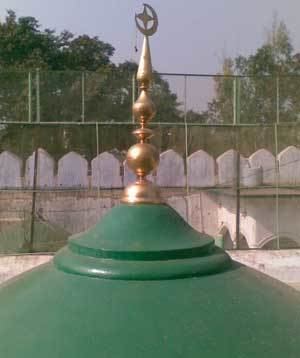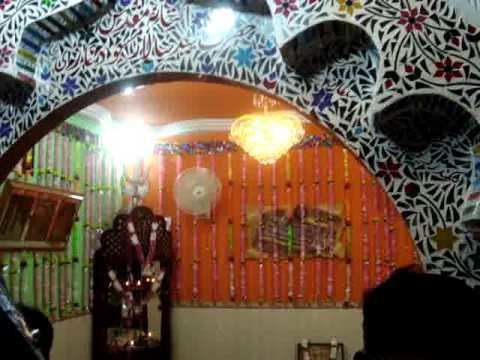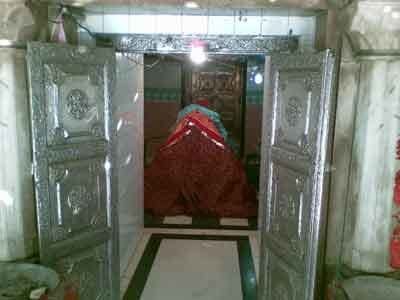Died 1032, Chittaura Jheel | Parents Gazi Saiyyed Salar Sahu | |
 | ||
Ghazi Saiyyed Salar Masud (1015 – Rajab 424AH / 1032 AD) was a Ghaznavid army general and the nephew of Sultan Mahmud Ghaznavi. He invaded India in early 11th century to propagate Islam in the subcontinent.
Contents

His semi-legendary biography is contained in Mirat-i-Masudi, a 17th-century Persian-language text by Abdur Rahman Chishti. According to Chishti, his work is based on Tawarikh-i-Mahmudi by Mulla Muhammad Ghaznavi. Mirat-i-Masudi is a historical romance, and the biography has a "gossipy feel".

Early life

Salar Masud was son of Ghazi Salar Sahu, a descendant of Muhammad ibn al-Hanafiyyah, son of Hazrat Ali, and Sitr-i-Mu'alla, who was sister of Ghaznavi. Salar Masud came along with his uncle Salar Saifudin and teacher Syed Ibrahim Mashadi Bara Hazari (Salar-i-Azam of Ghaznavi) in early 11th century to the South Asia for propagation of Islam.
According to Mirat-i-Masudi, Masud was born in 1015 CE. As a child, he accompanied his uncle in the Ghaznavid raids on the Hindu temple at Somnath.
India campaign
Mirat-i-Masudi states that Salar Masud, driven by martial and religious fervour, asked the Ghaznavid emperor to be allowed to march to India and spread Islam there. At the age of 16, he invaded India, crossing the Indus river. He conquered Multan, and in the 18th month of his campaign, he arrived near Delhi. With help of a reinforcement from Ghazni, he conquered Delhi and remained there for 6 months. He then conquered Meerut after some resistance. Next, he proceeded to Kannauj, whose received him as friend.
Salar Masud established his headquarters at Satrikh, and dispatched separate forces to capture Bahraich, Gopamau and Benares. The local rulers, including the Raja of Bahraich, formed an alliance against his army. His father Salar Sahu then arrived at Bahraich and defeated the enemies. Nevertheless, the Hindu chiefs of Bahraich kept troubling his army, so Salar Masud himself arrived in Bahraich, in 1033 CE. There, he saw a Hindu shrine beside a tank, and wished he could destroy it and reside there.
Salar Masud inflicted defeat after defeat on his Hindu enemies at Bahraich, until the arrival of Suhaldev. Suhaldev's army defeated his army, and he was killed in a battle. His servants buried him at the site of Hindu shrine, as per his wishes.
Legacy
A dargah (mausoleum) of Salar Masud, said to have been constructed by Firuz Shah Tughlaq, is located in Bahraich.
According to local Hindus, Chittora near modern Bahraich is the place where he died in a battle. Hindu nationalist organizations have characterized Suhaldev as a saviour of Hindus against the Muslim invader Salar Masud (popularly known as "Ghazi Mian"). They have constructed a temple dedicated to Suhaldev in Chittora.
